0 Comments
Most companies are stuck in their corporate patterns: large overhead costs and bureaucratic burdens; a focus on short-term results; an inert workforce following a handful of leaders; exposure to bias and unfairness. We sort of know it is wrong, but we don't have the means to change to the better.
Except for one company! Very few people heard of the company Gore (mainly famous for its Gore-Tex fabrics) which churns out 3 billion USD of revenue with 9'000 employees worldwide. Gore has a very different management philosophy: no hierarchy, family feeling, CEO is selected via a poll, etc. The fundamental belief at Gore is that individuals know what's right for the company and success comes from collaboration in small teams; "we are all in the same boat". Followed by the guiding principles of freedom, fairness, commitment, transparency. On my side, I love to share the story of Gore in order to inspire and show, it is possible to lead differently. Enabling leaders to think out of the box and facilitate change. Here are a few of the elements that define the leadership innovation at Gore:
Reading through this story, I see Hive17's Human Operating System confirmed: we need to start with a shared direction; then creativity comes up with solutions; experimentation allows to polish these ideas; and solid relationships motivate and allow fast decision-making. How do you enable your teams to give their best? Source: Innovation Democracy: W.L. Gore's Original Management Model Photo Credit: Charlie Bibby, FT Every year, my Alma Mater brings about 70 students from St.Gallen to Singapore for an exchange semester - undoubtedly an unforgettable and important experience. As part of their program, they conduct a consulting project with their peers at SMU. Over the years, we observed one key ingredient for successful projects: effective collaboration within the teams.
This year I had the honour again to introduce how to form effective teams in a short period of time. I feel it is always so insightful and a great learning experience for me to work together with students. Absorbing their curiosity and insightful point of view. Here are the key steps we covered in the 90 minutes session. Start with a win-win attitude. When we are entering a meeting, negotiating or selling our products, how often do you observe that one party wants the opponent to lose out? We can only achieve maximum synergy if we consider the win of the other party and have the courage to stand for our win as well. Effective teamwork happens when we enable all team members to give their best. This requires clear, common goals, shared leadership, a desire to deliver high quality, quick decision-making, and a high level of energy. And let's not forget that the work environment strengthens the mutual trust. Shared values are the basis of team principles. These will provide guidance on how the team wants to work together and also establishes boundaries. The team principles also include ways how we get to know each other better and build social connections. Conflict will arise and effective teams are not good at avoiding conflict - they are good at conflict management. First step: deflate emotions. When we are super excited or very angry - in any case, we won't be able to think rationally and create solutions that resolve the conflict. What are your key ingredients for effective teams? The New Year is coming! The year of 2023. And when we are reading the news, we hear about a number of dark clouds: armed conflicts, recessions, political unrest, food scarcity. And one of the biggest clouds - environmental destruction; and this is also one of the biggest star!
I have been saying this to a number of friends: sustainability and climate technology might bring an economic upturn in 2023, despite a negative, general outlook. While companies might be careful with spending and investments in most categories, they will not be able to afford to cut corners when it comes to their sustainability efforts. Significant change around sustainability is coming up for a broad number of companies and industries. On the one hand, many companies will be asked to provide sustainability reports and pay environmental taxes. Though, this is only one perspective. Companies will quickly realise, they will have the competitive edge when they focus on sustainability. Here are some examples:
Another report from Pressetext highlights that green tech is trending significantly across various applications. Listed are
"I am scared and I'm angry that the previous generation created this mess" - for me this statement of John Doerr's daughter has a significant meaning. Not only because she was only 15 years old when she said it; also because it was expressed in 2006! Now, almost 20 years later, it feels like we haven't changed enough. What are we waiting for? Let's get started with stopping greenhouse emissions, creating highly efficient solutions, and restoring our nature! Sources: Speed & Scale, John Doerr, 2021 Rückblick 22: "Grüne Technik" wird zum Trend, Pressetext, December 2022 About a year ago, I was introduced to the term 'antifragility' - a new word that intends to describe the opposite of being fragile. This term is about going beyond robustness and resilience - we want to thrive in chaos, not only survive.
Nassim Taleb introduced the term antifragility with his book "Antifragile: Things that Gain from Disorder". Today, I want to take a quote from the book and explain some simple principles how we can deal with difficult, complex ecosystems and how we can establish new behaviours that make us successful in a substantial way - no shortcuts. "Antifragility (thanks to the asymmetry effects of trial and error) supersedes intelligence. But some intelligence is needed." What does Taleb mean by that? In the book, he introduces the concept of optionality. If we have different options and we choose options that have a small, limited downside plus a big, unlimited upside, then we will over time be more successful. Randomness (as it appears in complex environments) will drive us towards the upside. Eventual losses will be small. Interestingly, identifying and creating these options doesn't take a lot of intelligence - it's more about courage. Where we need intelligence is in choosing the right options. And this is much easier than designing the perfect path (option) with intelligence. Where do these options come from? I suggest two sources. First, when we do our business and are observing our customers, we will automatically discover possible ways to improve the value for customers. Simple shadowing, conversations and immersion will surface new things we can try. This leads me to point two: experimentation. Exploring small changes how we deliver our value to customers will create observations and will lead to more options. Small steps will lead eventually to more value and more success. The small steps also avoid to fail big and jeopardise our business. How can we be intelligent in choosing the right options? There we need direction and a yardstick; base again two sources. First is customer value - again; when we do understand what our customers appreciate, what is important to them, then we collect one part of our northstar. The second source to decide on the right options is our shared vision, our purpose. This gives us meaning and a clear measure on what we want to achieve, what upside means to use, and which option will be the right one for us. The purpose also includes the collective experience on how to be successful in the ecosystem we are running our business. One last element I would like to mention here. In our business world today, we can observe a lot of transactional behaviour; we try to model each process, find causality and theoretical explanations. The randomness mentioned by Taleb also indicates that we should rely less on these transactional, theoretical approaches. When we are connecting with people in a more human-centric way, it will be easier for us to experiment, build our collective dream, interact with customers and better understand the ecosystem we are in. How do you experience fragility in your work? What works for you to overcome these stressors? Photo credit: Leiduowen The uncertain times we are living in made one thing clear: we need to innovate! In order to stay successful in our businesses we need to find new ways to create value to our customers, our operations face new challenges we need to address, and our employees require environments that keep them healthy, nimble and engaged. Small improvements will not suffice - in many areas we need to go back to the drawing board.
How can I, as a leader, deal with this accelerated necessity for change? How am I able to control innovation across all corners of our organisation? Let me pose another question: why do I need to control innovation from the centre? Successful, lasting solution might be better identified and implemented at the front - they will be achieved faster and create more value. Then the question is: how can I enable and facilitate innovation at the front? Many people talk about innovation and how to achieve this. Though, there is one trait that is often overlooked and I see it as a essential foundation for innovation and a successful business: Critical Thinking - the objective analysis and evaluation of an issue in order to form a judgement. This will allow the organisation to identify where we can create value, to deeper understand the challenges, and to make better decision to explore the future. Bruce Eckfeldt, in this Inc article Want to Improve Your Leadership Skills? Focus on Critical Thinking, introduces five levers to drive critical thinking. In my words:
These five elements give us leaders ideas on the mindsets and skills we want to develop in our people. Based on critical thinking, we will be able to delegate control to make decision, to experiment, to find solutions. Are you courageous enough? Image credit: Getty Images After about 12 months of working from home, we finally open up more to go back to work in the office. In fact, I observe more and more managers and companies demanding their employees to come back. They want their teams to be more accessible, easy to reach.
This reminded me of studies from the late naughts around the financial crisis that highlighted that one of the biggest cause of stress at work are distractions - a instant message popping up, the e-mail notifications, and the boss asking important questions. All the while you were trying to focus on designing a new solution for your customer (here a summary). Not much has changed since then. Distractions are preventing us from being productive and deliver high quality work. This study from ETHZ in Switzerland confirms this in a 2020 study: Workplace interruptions lead to physical stress. The people that got interrupted tested with twice as much cortisol than the other group. It is time to rethink how we are productive in our job. A few weeks back, a friend of mine, Sebastian, shared with me his future office ideas. Their new office will be very simple and serve two functions. A social space for people to connect informally, share a cup of coffee and ideas, and host small functions after work for networking. A collaborative area will be dedicated to working together on projects, host client workshops, and connect people to brainstorm and be creative. "I can't image my people to be back in the office to send e-mails or write reports", he said. This approach resonates with me a lot: different activities in our job require different environments. Sometimes we want to collaborate and meet people; sometimes, we want to focus and be free of interruptions. One is best when we physically meet in an office; the other can easily be done at home (or another quiet place). And who is best to make the decision where to work? As leaders, let's give people the choice where and when to work. How does this resonate to you? What does it take to give your employees control over where and when they work? Are they mature enough to decide when it is best to work in the office? Command and control leadership style is outdated - we heard this many times. What makes it outdated? What are the alternatives? How can we establish the right routines for a new leadership approach? There are many debates around this topic and I feel I want to share my belief and opinion.
Control - let's start with this as many of us have experienced it in form of micro-management. Frequent status update meetings ask if the projects are on the right track. Senior managers churn out roadmaps and give milestones on what needs to be achieved by when. An army of analysts provide reports on a number of data points. All this machinery is in my eyes blocking ownership; there seems to be no leeway for experimentation and leveraging experience. In my experience, people at the front know best where to improve and where we can reduce friction. Though, they need an environment where they can connect with diverse experts and experiment with different options. The objective here is to learn, make quick decisions and continuously improve and excel. As a leader, we need to be the facilitator for this environment, removing bottlenecks, allocating resources, and connecting the right people. And, this requires a big picture direction... Command - the second dimension is more nuanced. Managers might give commands, telling people what to do and giving them very little room to explore their own methods and defining their own objectives. Again, this is close to micro-management and the lack of freedom where to go is stifling creativity and a growth mindset. At the same time, a commander's responsibility is to give people a purpose and direction, and keeping the teams aligned with a bigger purpose. The big question here: are we creating followers or leaders? In my experience, I have seen often a gap between a nice mission statement and how people perceive this is impacting their daily work. People need a high-level direction that allows them to define their daily priorities. And, everyone should be involved in defining this high-level direction to add their 'local' expertise and for better adoption. As a leader, we need to be the guide to jointly develop a collective dream. And then, coach the teams to translate this dream into a meaningful direction for themselves. Based on these arguments, I propose to switch from command & control to guide & facilitate leadership. In short, I prefer to call it positive leadership which focuses on appreciation, coaching, curiosity and learning. Where do you see the pitfalls of command & control? Image credit: Konrad Frost, Volvo Ocean Race There is no magic how to master uncertain times - be innovative, be creative, think out-of-the box! Why is it so hard for many companies to thrive?
This article - How to rebuild a business after the coronavirus lockdown, WIRED UK - shows interesting cases of startups in the UK that managed to turn around and be successful despite the storm hitting the business world. “Go back to basics,” Hannah Martin says. “Who are your ideal customers, what problem do you solve for them, how has that changed, can you adapt? Approach people, don't wait for them to update you. Look at what others are doing, in and outside your industry, see if you can get ideas.” Many corporations are stuck in their view of the world, decision makers are too far away from reality, motivation structures are based on lagging indicators, experimentation is discouraged, silos are preventing velocity. Today's leaders need to get out of this cycle to create lasting success. How do you bring your vision into action? Earlier this year, with a friend we discussed how to start a mindset shift initiative in a company; introducing autonomy and agility. On the one hand, the teams might be reluctant to experiment with the new ways of working. At the same time, some of the leaders are cautious if not doubtful. How do you make both sides comfortable to give it a try?
The obvious answer is in small steps - with a pilot - and then let it organically grow. The success of the first team will spread and other teams want to try, and the inception has started. For some people that might be too slow. An alternative way is to limit the pilot in scope. You introduce the initiative to a wide audience but only related to a small part of their daily work. This reminded of what we started in 2014 in a manufacturing excellence program in Southeast Asia, covering 15 production sites. Besides the typically efficiency projects, we launched an initiative to strengthen the ownership of the frontline workers; the aim was to let them take more responsibility and get them more engaged with their surroundings. This ownership program was straightforward. We divided the manufacturing site into areas and assigned teams to these areas. Each team then had three housekeeping tasks: a) keep them clean, b) keep all things orderly, c) make the area enjoyable to work in. They received a budget and had full autonomy on how they implemented these three tasks. The results were great. First, the areas' housekeeping improved a lot and the people installed rest areas, painted their work areas and beautified the factories. In addition, they were more engaged, excited to come to work and simply more content. In addition, we could then take this spirit of responsibility and accountability to areas closer to the key operational activities. This can be an inspiration for you to introduce new routines that give people more autonomy and introduce agility at the workplace. Housekeeping is a good start; in an office environment that means that you can provide a budget to refresh the common areas and then continuously improve them. With such programs you can try out how your teams adopt this new way of working. As leaders we can overcome some of our concerns and experiment with new leadership styles: more guidance, less micromanagement. And then, widen the reach of these routines to operational tasks. Thank you for the discussions, Philippe Henrotaux. This week I attended a webinar organised by BI Worldwide, Grant Rawlinson sharing how he has attempted to cross from Singapore to New Zealand on human power: rowing and cycling. The key lesson he learned during this journey? Resilience is being able to weather the storm. Though, sometimes we need to be able to grow stronger when we are under pressure - Grant calls this "Anti-fragility". Here are my key take-aways.
1) In a storm, don't make strategic decisions! Keep going; there will be sunshine soon again. 2) When you hit a major roadblock, go back to your original objective; the purpose why you started the journey. 3) Select your partners based on motivation and mindset; skills are not a good indicator for successful teamwork. 4) Only spend so much energy in a day that you can regain in that day; with this sustaining effort you can go on forever. This explorer's mindset is true when you want to achieve a major adventure like the crossing Grant is attempting. And this also applies when we as an individual and as a business are facing a crisis like the current situation. It might very well be an opportunity to grow stronger. Thank you Omar and David. Photo Credit: Alistair Harding Two years back, I read the story of Ilkka Paananen in Wired UK (link); still today it is an inspirational story on how to lead with motivation. After a failed endeavour, he started Supercell and within 6 years the company was valued over 10 billion US dollars. How did he do that?
In simple terms, he put the right team together and then created the best environment for the team to thrive. What is that best environment? Turn the organisational structure upside down and empower them to define everything that relates to the success of the company: the vision, how they work, where to put the focus... Full autonomy? Yes, provide the team with all the freedom and automatically they will also take over the responsibility, the ownership for the results. The success lies in motivation, the energy and the passion that you can observe in your teams. So, what do I need to do as a leader? Create that environment! Create excitement, allow them to discover how to do things, hire a diverse team, be a coach, be passionate about the company - and be transparent. What makes you a great leader? Image Credit, Nick Wilson, WIRED UK Our current COVID-19 situation is accelerating at an enormous speed and we can only wish that the peak will be getting closer and all our families and friends stay healthy. At the same time, it is not all gloom - it is an excellent opportunity to take responsibility for our own excellence.
The article here - How Will things Be Different When It's All Over? - is rightly asking the question: what can we as business leaders do now to prepare for the next three phases: Rebound, Recession and Reimagination. Rebound: are your teams aligned with a collective dream? Do we all run in the same direction? And did we establish effective collaboration routines that create transparency while avoiding micro-management? When I talk to teams struggling with working from home, I often hear that people lack motivation, trust, efficient tools, etc. Recession: one way to react is to shut down everything - total cost management. For me another question is more forward-looking: how can we maximise value creation with the existing assets. That might mean, we can find new customer groups that have an interest in utilising our assets. And we can take the economic slow-down and review our operations and make the fit for the rebound. Reimagination: here we can be creative and see new opportunities unfolding. And a human-centric approach will allow us to go deep in understanding our existing customers how their needs have changed. Where are the new value generation opportunities? How did preferences have changed? How can I react fast to deliver on this value? Everyone in the organisation is part of the customer journey; in my experience we all need to work closely together to create an experience for our stakeholders. Back to the article, it suggest a few inspiring success factors:
Thank you, Daniel Benes, for sharing! Beside reading a lot of Science-Fiction books (inspiration to think far far out of the box) and Wired UK (for the latest tech trends), I am also following McKinsey for their data and insights into the business world. They have this series of Five-Fifty which are great in today's fast paced world; this one is about change: Five Fifty: The changeable organization.
Yes, we need to change; and yes, we are afraid of and resist change. Still, I believe that in order to "manage" change, we need to enable our people and our organisation to define the change and then be excited about it. Here is what the research of McKinsey tells us about this.
How do you prepare for exciting digital transformations? * Organizational health: A fast track to performance improvement You heard it enough: a clear vision, a meaningful purpose, a comprehensive strategy is the foundation for a successful business. And why is this so important? I share here an alternative and simple idea.
Today we often observe that teams and entire organisations are pushed to achieve some financial targets - and they all rush, putting a lot of effort to reach these objectives. Is everyone running in the same direction? Are they joining their efforts to create a larger momentum? In this context, "collective dreams" might be superior to typical lagging indicators:
Where do you success with your collective dreams? "Live the best life you can. Life is a game whose rules you learn if you leap into it and play it to the hilt. Otherwise, you are caught off balance, continually surprised by the shifting play. Non-players often whine and complain that luck always passes them by. They refuse to see that they can create some of their own luck." - Darwi Odrade
from "Chapterhouse: Dune" by Frank Herbert We at Hive17 Consulting are devoted to creating an environment for people to work with passion, engagement and fun via positive leadership and intrinsic motivation. We believe that it takes more than perfect processes, systems, organizational charts and value statements to make your company successful. Our people need to understand, shape and believe in the change journey. And for us, it is clear that this foundation will unleash people’s full potential.
While supporting large corporate organisation, I often hear that we need more entrepreneurship. What makes entrepreneurs so special and different?
1) customer-focus as start-up there is no other way than to deep-dive into the needs and insights from your customers; in the corporate world, there is a huge lack of this mindset; and it starts with identifying, who is my customer 2) taking risks no risk, no reward; following the beaten path, the safe path is the quickest way to failure as an entrepreneur; most larger organisations stop to experiment and create a culture that builds on fail-safe results 3) passion people start their own, successful business based on a strong belief, a product or solution they are passionate about; corporate leaders often fail to create a purpose the people in the organisation care about how will you cultivate entrepreneurship in your organisation? And that's when I find myself working in a coworking space in Taipei city. What is my experience? Yes, tech today is enabling this... More important, I feel a surge of new energy and focus on my work tasks. The change in scene helps to keep distractions low (that's a surprise) and discipline on the defined tasks high.
In the context of people excellence this is an example to let people choose where and when to work - autonomy is a great driver for motivation. For sure the purpose and objectives need to be clear. We learn every day... Oh, and yes, it helps to pay a bit of money to get a professional workplace - for me, it doesn't work well in a coffee place. |
Subscribe
Receive our monthly themed summaries of our thoughts: click! TimTim is a change practitioner in the area of innovation and excellence. He is working with teams to accelerate innovation, collaboration and agility. Categories
All
Archives
July 2024
|

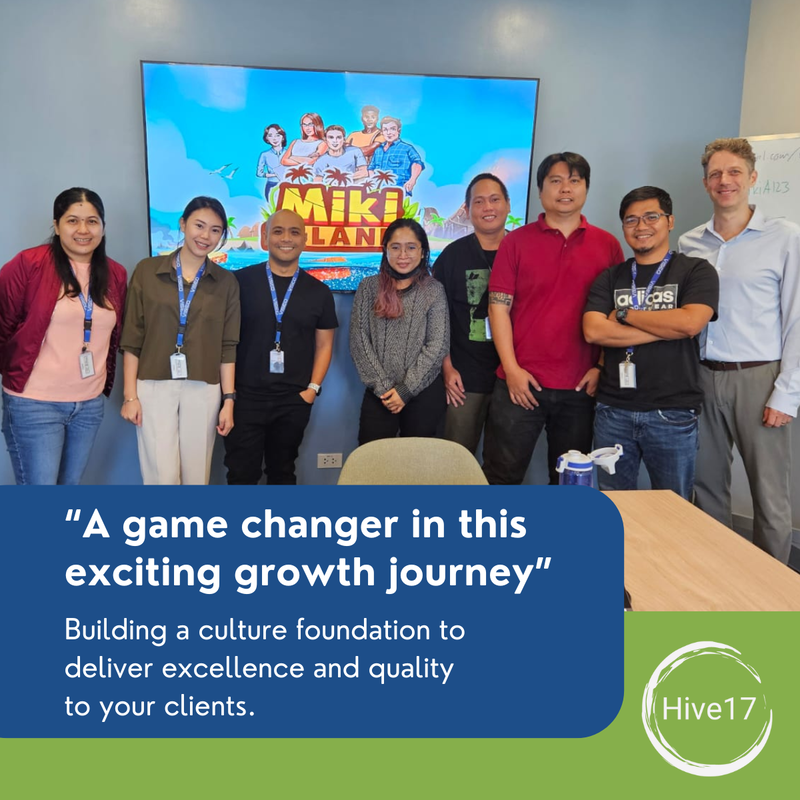
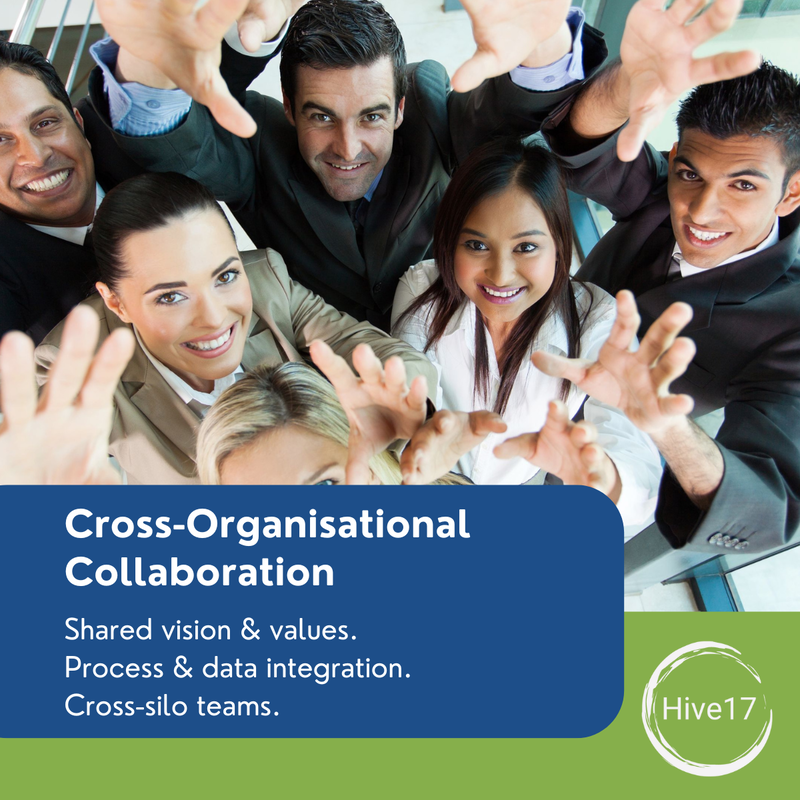
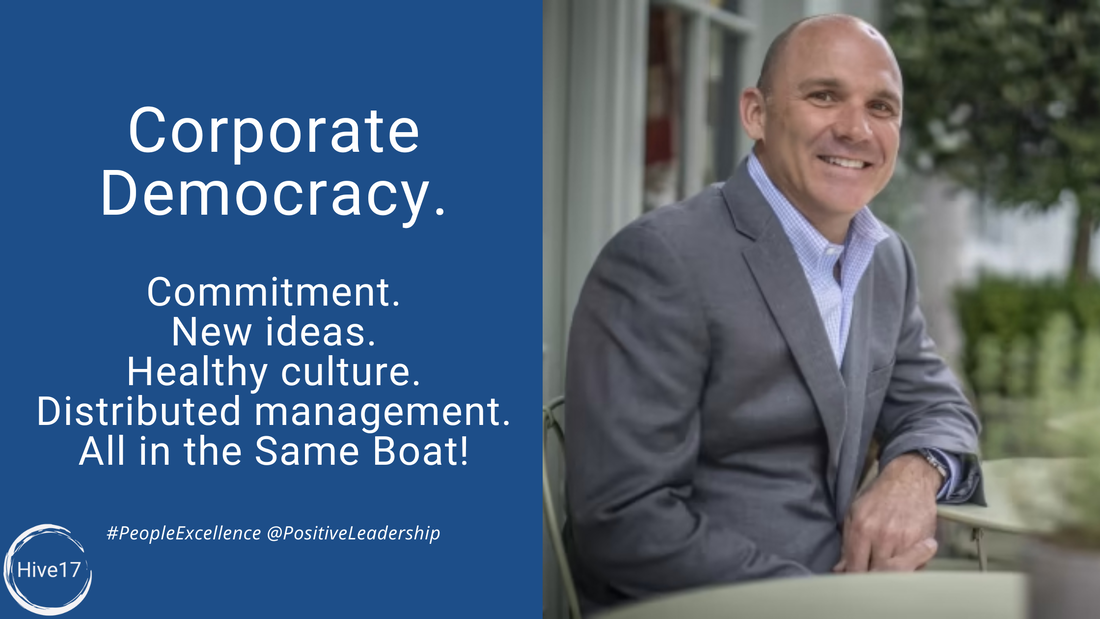
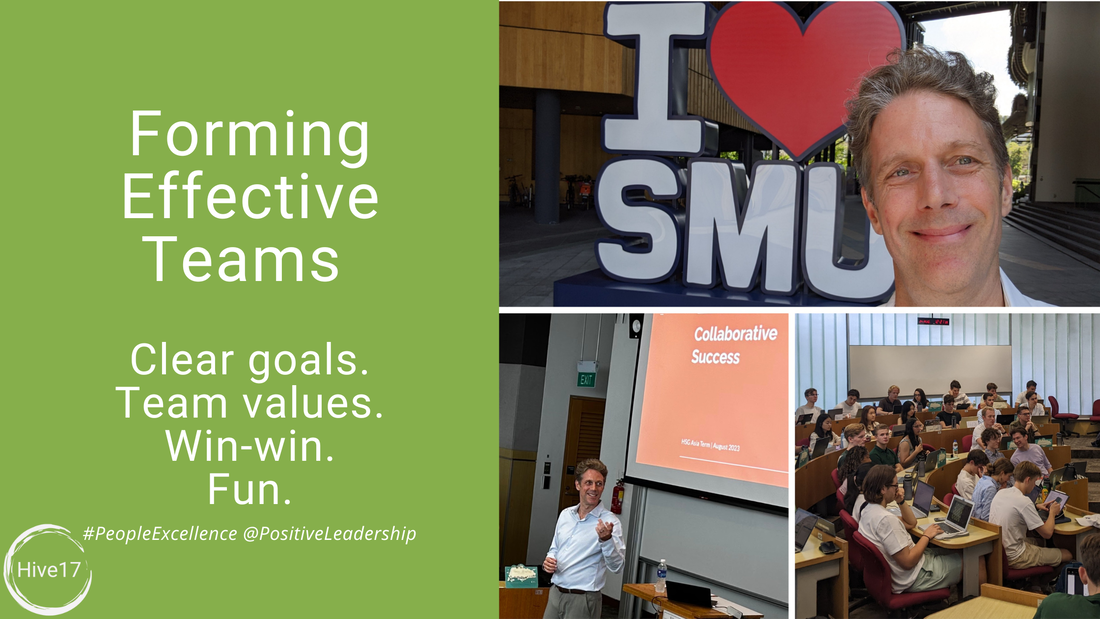
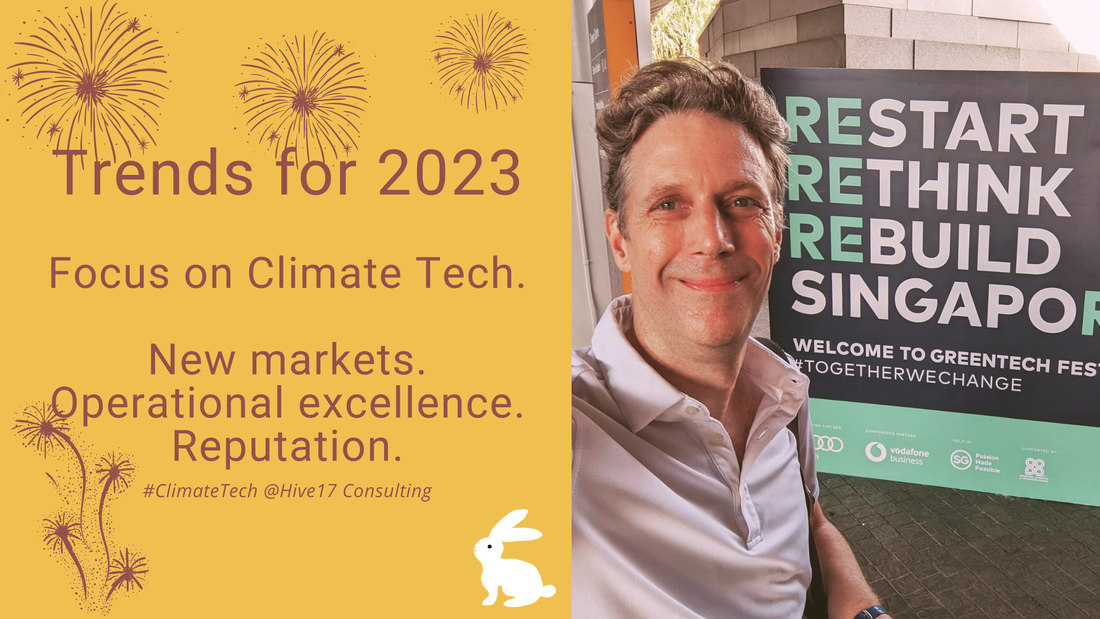
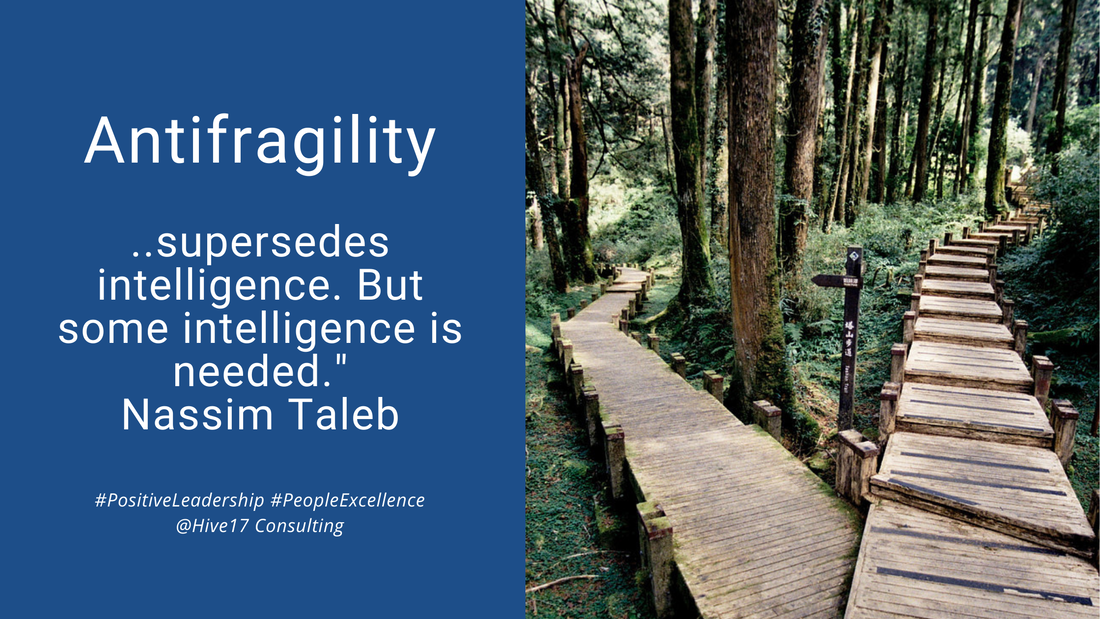
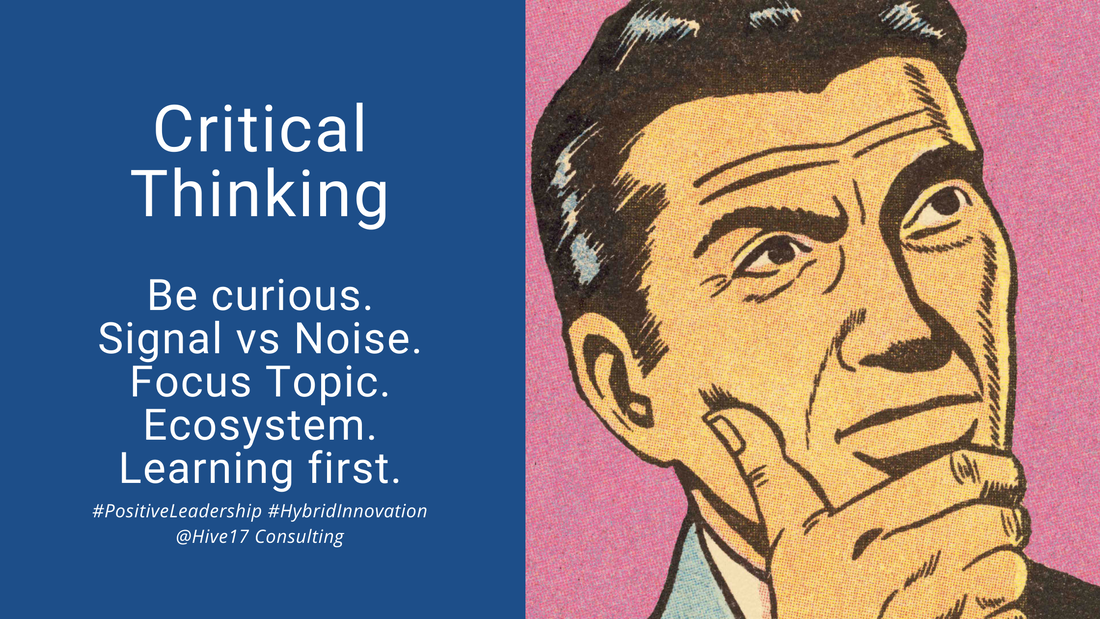
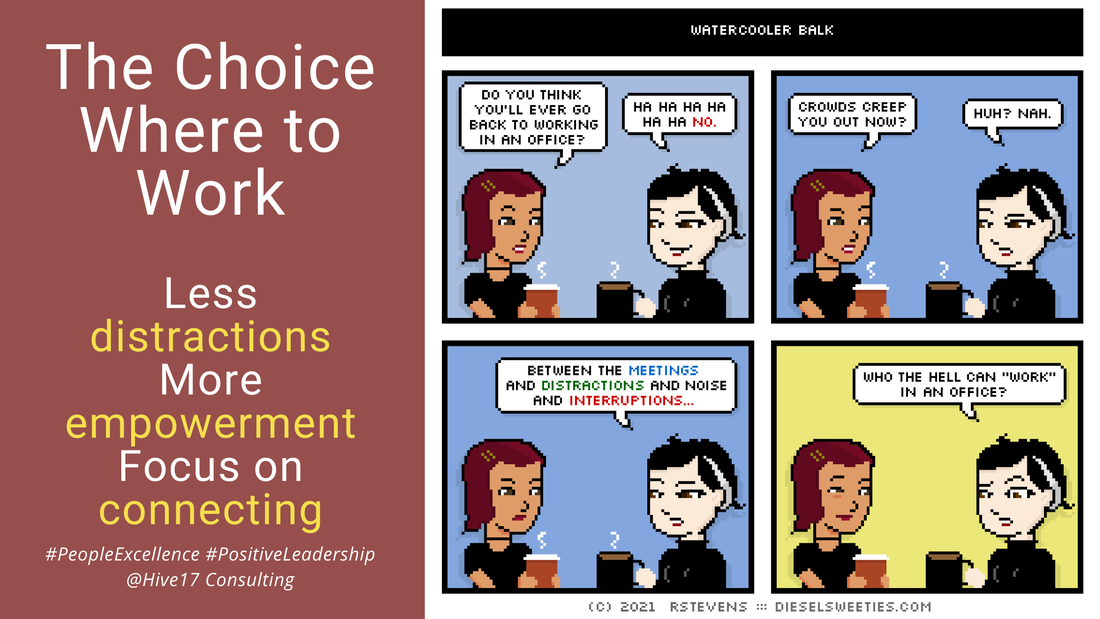
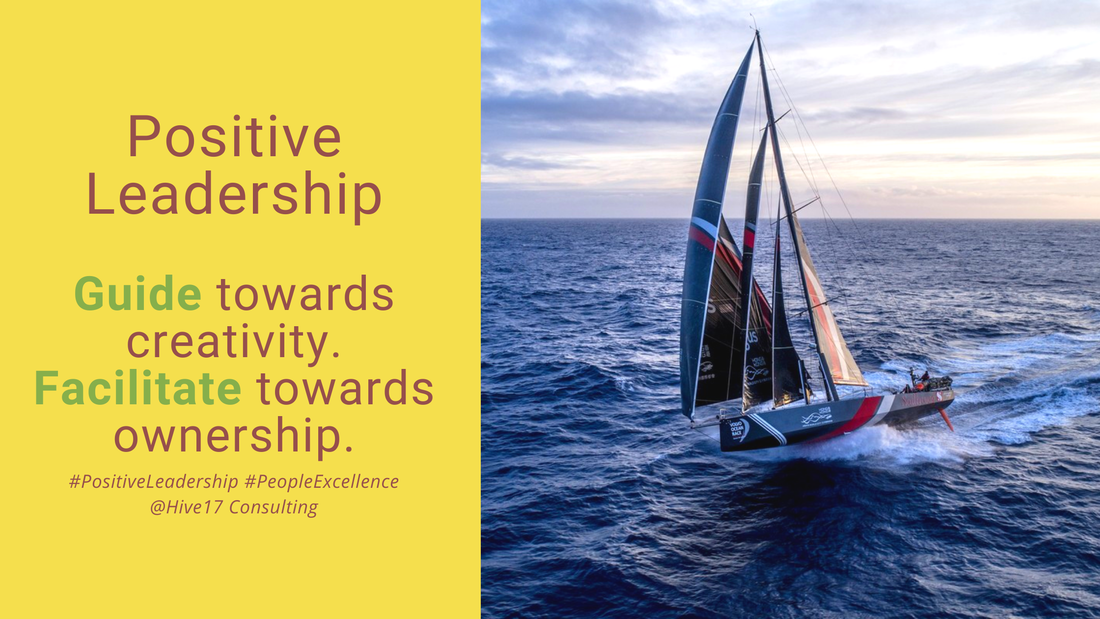
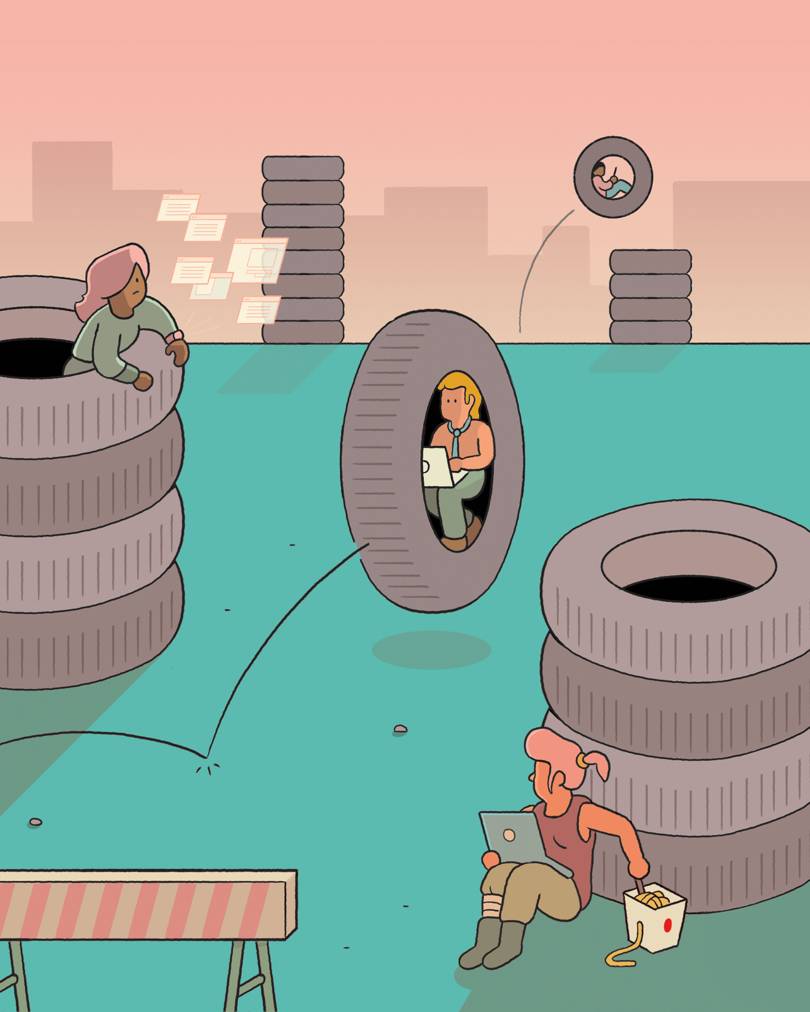
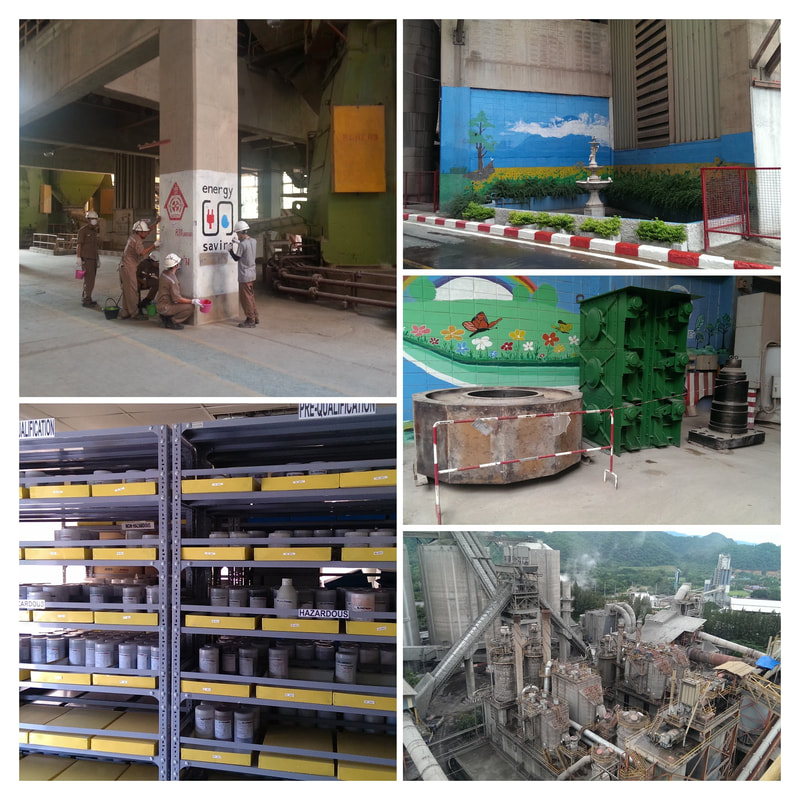
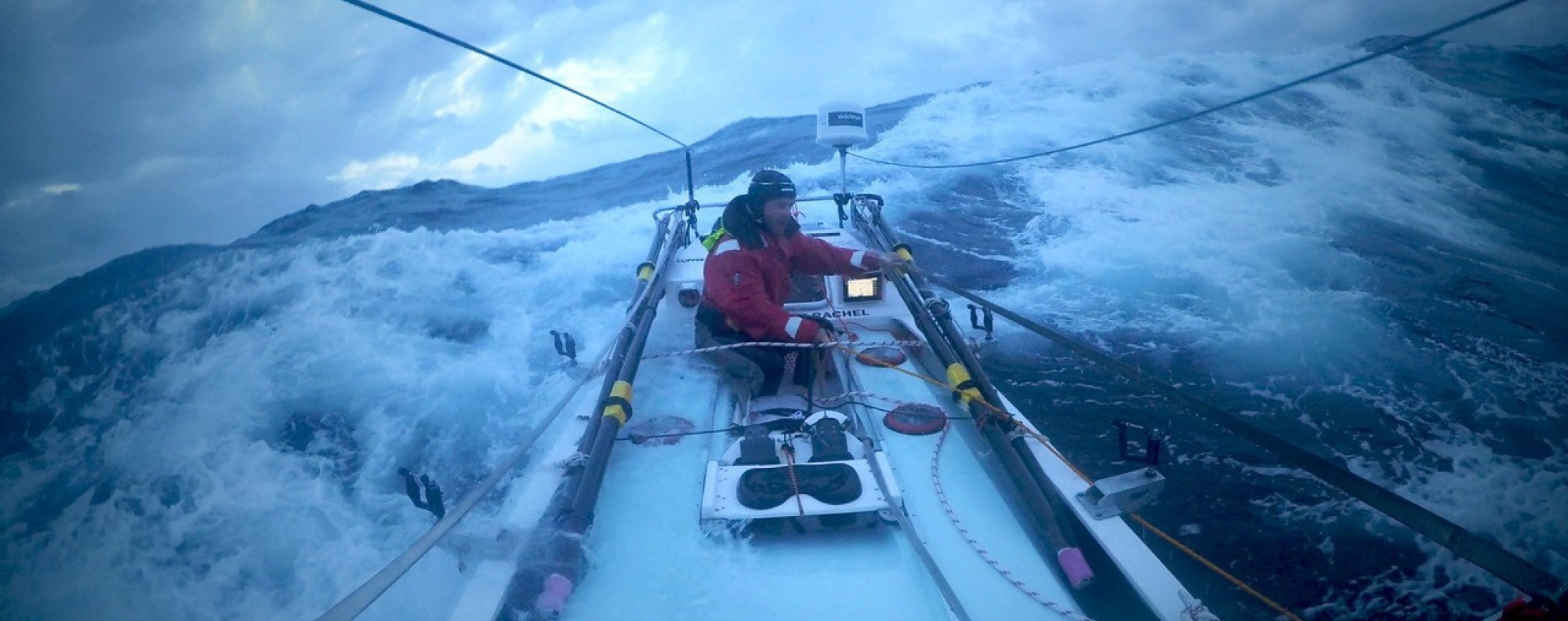
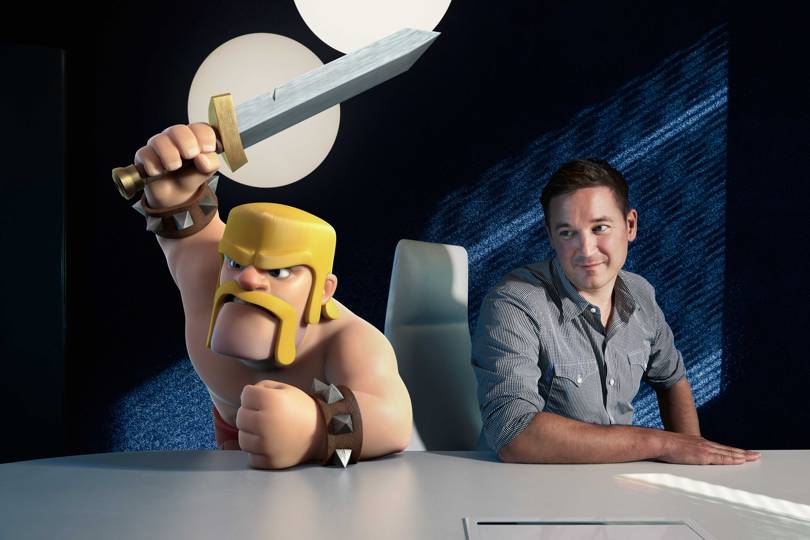



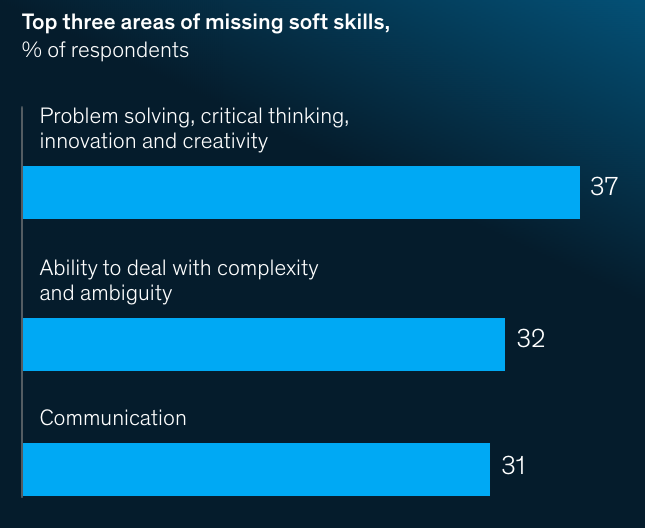
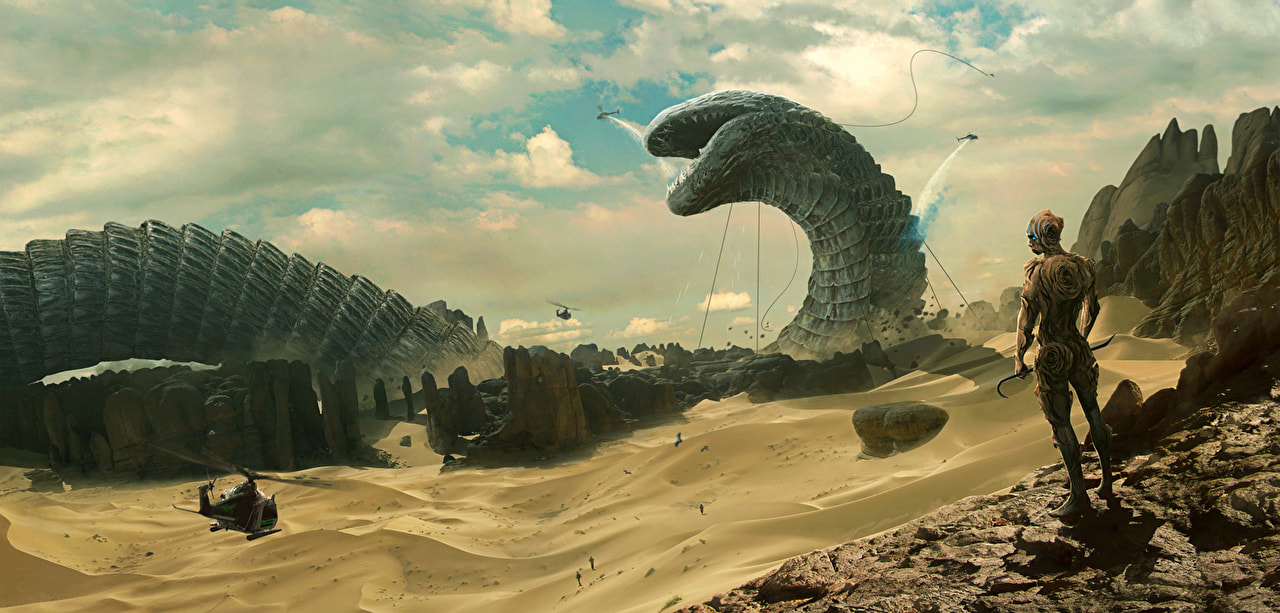

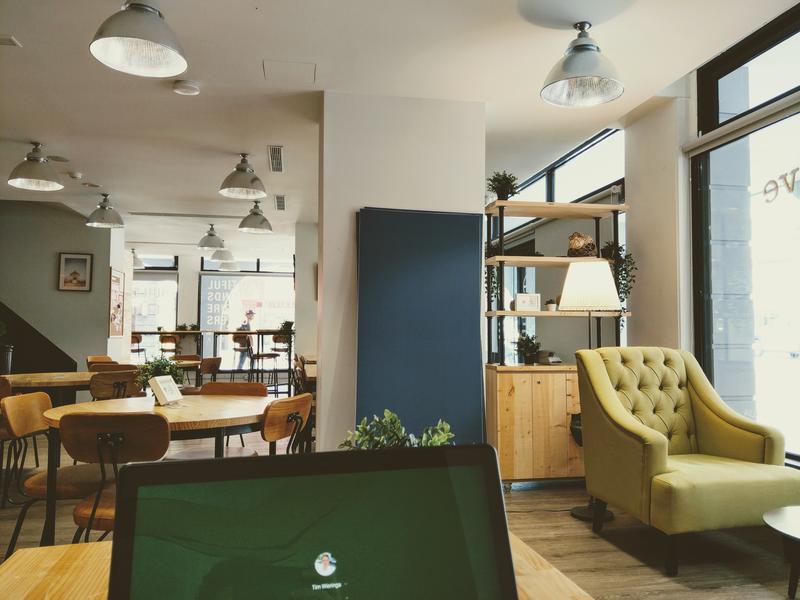
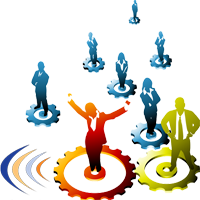
 RSS Feed
RSS Feed